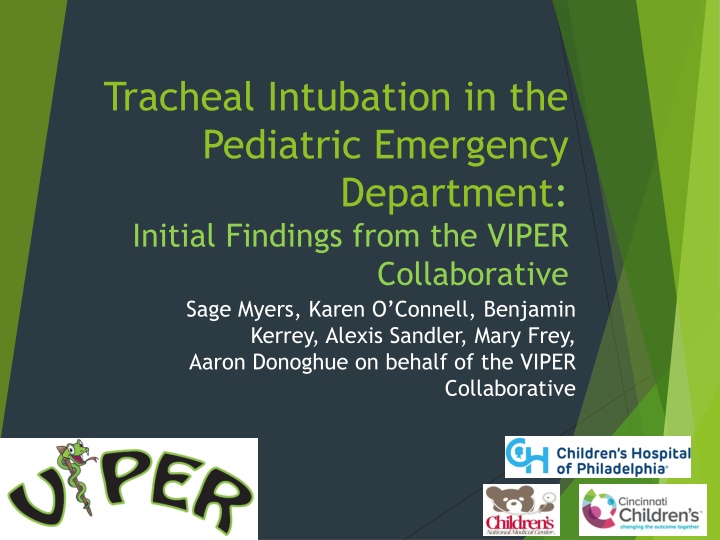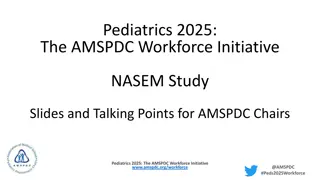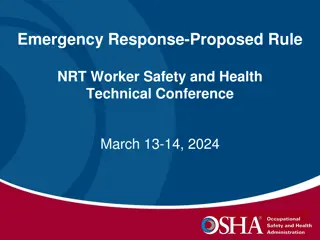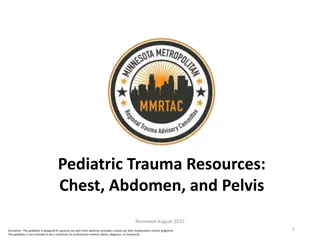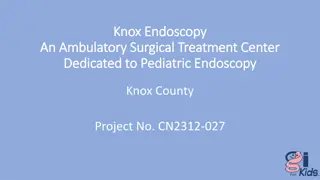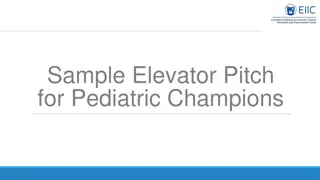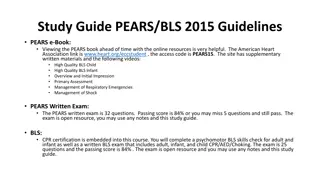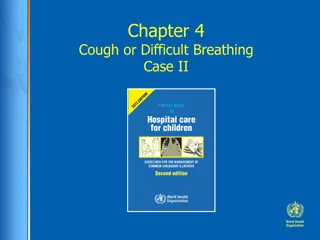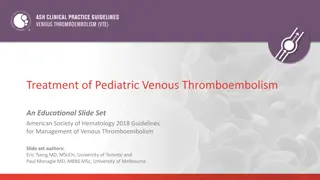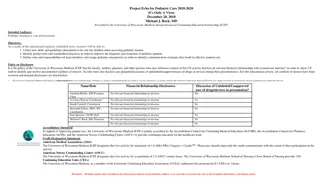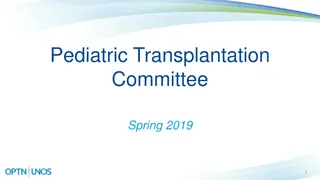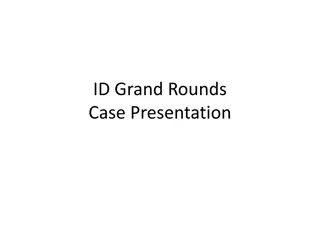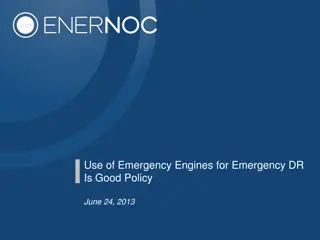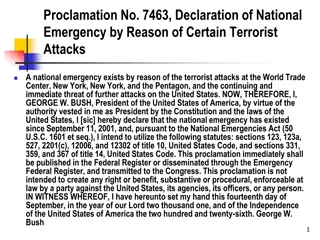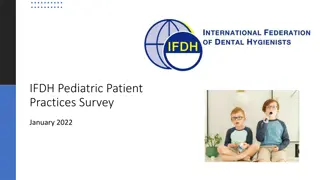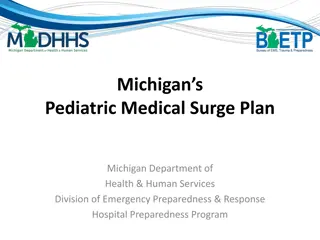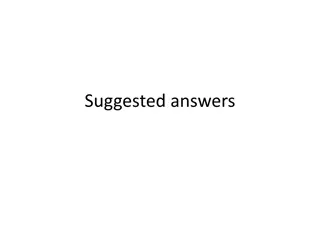Initial Findings on Pediatric Tracheal Intubation in the Emergency Department
The VIPER Collaborative presented initial research results on tracheal intubation in pediatric emergency departments. The study utilized video review to collect accurate data on intubation procedures across three academic pediatric centers. Key findings included success rates, age-specific outcomes, and technical data on intubation procedures.
Download Presentation

Please find below an Image/Link to download the presentation.
The content on the website is provided AS IS for your information and personal use only. It may not be sold, licensed, or shared on other websites without obtaining consent from the author.If you encounter any issues during the download, it is possible that the publisher has removed the file from their server.
You are allowed to download the files provided on this website for personal or commercial use, subject to the condition that they are used lawfully. All files are the property of their respective owners.
The content on the website is provided AS IS for your information and personal use only. It may not be sold, licensed, or shared on other websites without obtaining consent from the author.
E N D
Presentation Transcript
Tracheal Intubation in the Pediatric Emergency Department: Initial Findings from the VIPER Collaborative Sage Myers, Karen O Connell, Benjamin Kerrey, Alexis Sandler, Mary Frey, Aaron Donoghue on behalf of the VIPER Collaborative
COI No relevant conflicts
Background: Tracheal Intubation Essential but uncommon for individual providers in a PED Self-report/chart review: unreliable for data on success/adverse events1,2 Video review allows accurate and comprehensive data collection 1Kerrey et al, Ann Emer Med 2012 2Rinderknecht et al, Acad Emer Med 2017
Objective To report the initial findings from a multicenter research collaborative to study TI in three academic PEDs using video review
The Videography In Pediatric Emergency Resuscitation (VIPER) Collaborative 3 tertiary PEDs (CHOP, CNHS, CCHMC) using videorecording during resuscitation events in the ED Data during tracheal intubation (TI) events collected by video review at each site and stored in central database Aug 1 2016 Apr 1 2018
Methods Technical data (Y/N): Time intervals (seconds): Cricoid pressure Duration of preoxygenation External laryngeal manipulation (ELM) Total laryngoscopy time Time from start of laryngoscopy to tube insertion Apneic oxygenation Retraction of right corner of mouth to facilitate tube insertion1 Time from start of laryngoscopy to ETCO2 detection 1Shiima et al, Ped Crit Care Med 2018
Methods Outcomes Intubation success Occurrence and duration (seconds) of hypoxemia (SPO2 < 90%)
Results Newborn (38%) 140 patients underwent 216 TI attempts Infant (56%) Overall first attempt success: 89/140 (63%) >8 yo (72%) Median 1 attempt (IQR 1-2, range 1-5) 1-8 yo (68%)
Results: Hypoxemia 35/210 TI attempts occurred in patients with CPR in progress (no SPO2 available) Of remaining 175 attempts SPO2 < 90 in 42 (24%) Duration of hypoxia (time to recover SPO2 to > 90%): 165 +/- 300 seconds
Results: Time intervals Time interval Mean + SD Duration of preoxygenation (first attempt) 727 + 667 sec Duration of preoxygenation (subsequent attempts) 154 + 184 sec Duration of laryngoscopy 42 + 27 sec Time to endotracheal tube insertion 23 + 16 sec Time to ETCO2 detection (for successful attempts) 71 + 102 sec
Results: Adjunctive maneuvers Larygoscopy time, seconds (mean + SD) Intubation success (%) Maneuver N (%) With Without With Without 37/59 (63%) 91/151 (60%) Cricoid pressure 59 (27%) 40 + 27 48 + 26 6/9 (67%) 91/151 (60%) ELM 9 (4%) 42 + 27 44 + 39 Retraction of right corner of mouth 13/16 (81%) 114/167 (68%) 16 (9%) 43 + 28 45 + 13
Results: Adjunctive maneuvers Larygoscopy time, seconds (mean + SD) Hypoxemia (%) Maneuver N (%) With Without With Without 0/7 (0%) 40/160 (25%) Apneic oxygenation 8 (4%) 33 + 13 43 + 28
Conclusions First attempt failure, prolonged attempts and hypoxemia relatively common Adjunctive maneuvers to improve success and prevent hypoxemia infrequently used Video-based data registry allows accurate and comprehensive assessment of TI performance across multiple sites
Limitations Relatively close to beginning of data collection and differing start times for data submission Contribution of data not even by site Data specific to pediatric tertiary care environment No standardized protocols
Future Directions Increase n and generalizability Time Addition of sites Further analysis of detailed data Intubator level/specialty Type of laryngoscopy Effect of interventions Training; Teamwork; Protocols
VIPER Collaborative CHOP CNHS Aaron Donoghue, MD Karen O Connell, MD Sage Myers, MD Alexis Sandler Allison Mak Matthew Ledda Ichiro Watanabe CCHMC Richard Hanna Benjamin Kerrey, MD Priyanka Kharyat Mary Frey, RN Stephanie Boyd, PhD
